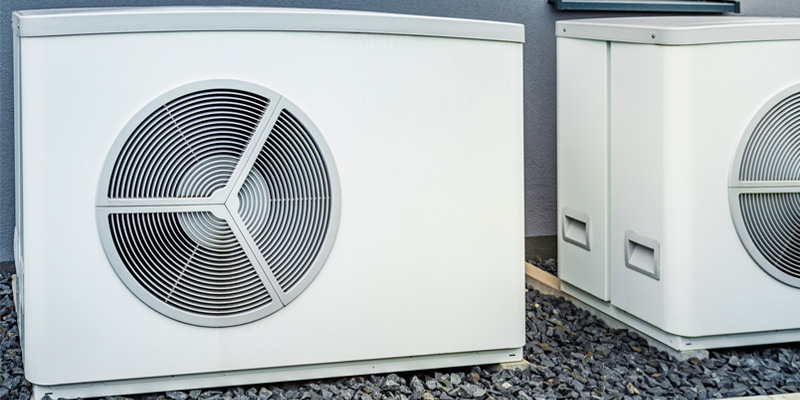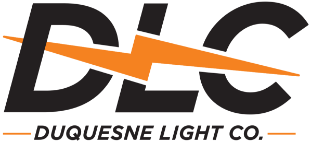Heating and Cooling
Air Source Heat Pumps
How They Work

A heat pump works just like a standard air conditioner to cool your home in the summer months. But unlike a standard air conditioner, a heat pump can “run in reverse” to heat your home in the winter. Because it moves heat from one place to another, rather than generating it, a heat pump uses less energy to warm your home than a conventional electric or gas system. Find information on air source heat pumps here.
Air source heat pumps are of two general types: ducted and ductless. Ducted systems use ductwork to distribute conditioned air throughout your home. If your home already has a ventilation system or the home will be new construction, you might consider this type of system. Ductless heat pumps are better for homes or sections of homes that do not already have ductwork. Find information on ductless heat pumps here.
What Assistance Is Available for Me?
There are several sources of funding to assist you with purchase and installation of an air source heat pump:
- The federal government offers a tax credit of up to 30% of the cost of the purchase and installation of an air source heat pump (maximum $2,000 credit). Find more information about federal tax credits for air source heat pumps here.
- The Duquesne Light Company Energy Efficiency Rebate Program provides a $200 rebate for each air source heat pump. Find more information about Duquesne Light’s air source heat pump rebate here.
What Products Are Eligible?
- Federal tax credit: Air source heat pumps must be designated as ENERGY STAR Cold Climate and have an EER2 rating greater than 10. Find eligible products here.
- Duquesne Light rebate: Air source heat pumps must have a SEER rating of at least 16 and a HSPF rating of at least 9.0. Find eligible products here.
Important Dates
The federal tax credits are available for products purchased and installed between January 1, 2023, and December 31, 2032. Assistance through Duquesne Light’s rebate program ends May 31, 2026, or earlier if program funding is depleted.
